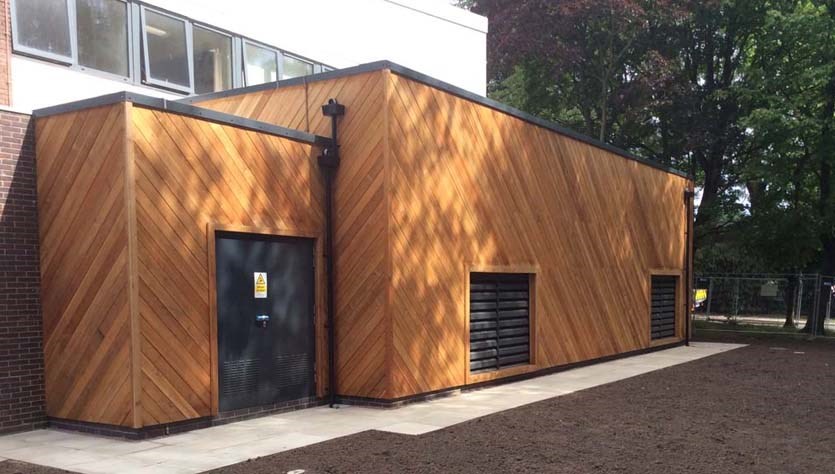Keele University wanted to expand their district heating network to ensure it was not only capable of serving the University in the short-term, but could also meet their long-term plans. Our solution created an L-shaped wrap around extension which would house the additional plant and equipment and the district heating network was "future proofed" to allow for easier expansion as the campus continued to grow.
Keele University has a firm commitment to reducing its energy usage and carbon emissions and wanted to integrate low-carbon, sustainable energy technology to meet the needs of its expanding campus.
The project saw Vital Energi expand and improve the existing Horwood Energy Centre and extend the district heating network, ensuring it was suitable not only for the present needs, but could also meet the demands of the University’s planned future developments.

Keele University has a firm commitment to reducing its energy usage and carbon emissions and wanted to integrate low-carbon, sustainable energy technology to meet the needs of its expanding campus.
The project saw Vital Energi expand and improve the existing Horwood Energy Centre and extend the district heating network, ensuring it was suitable not only for the present needs, but could also meet the demands of the University’s planned future developments.